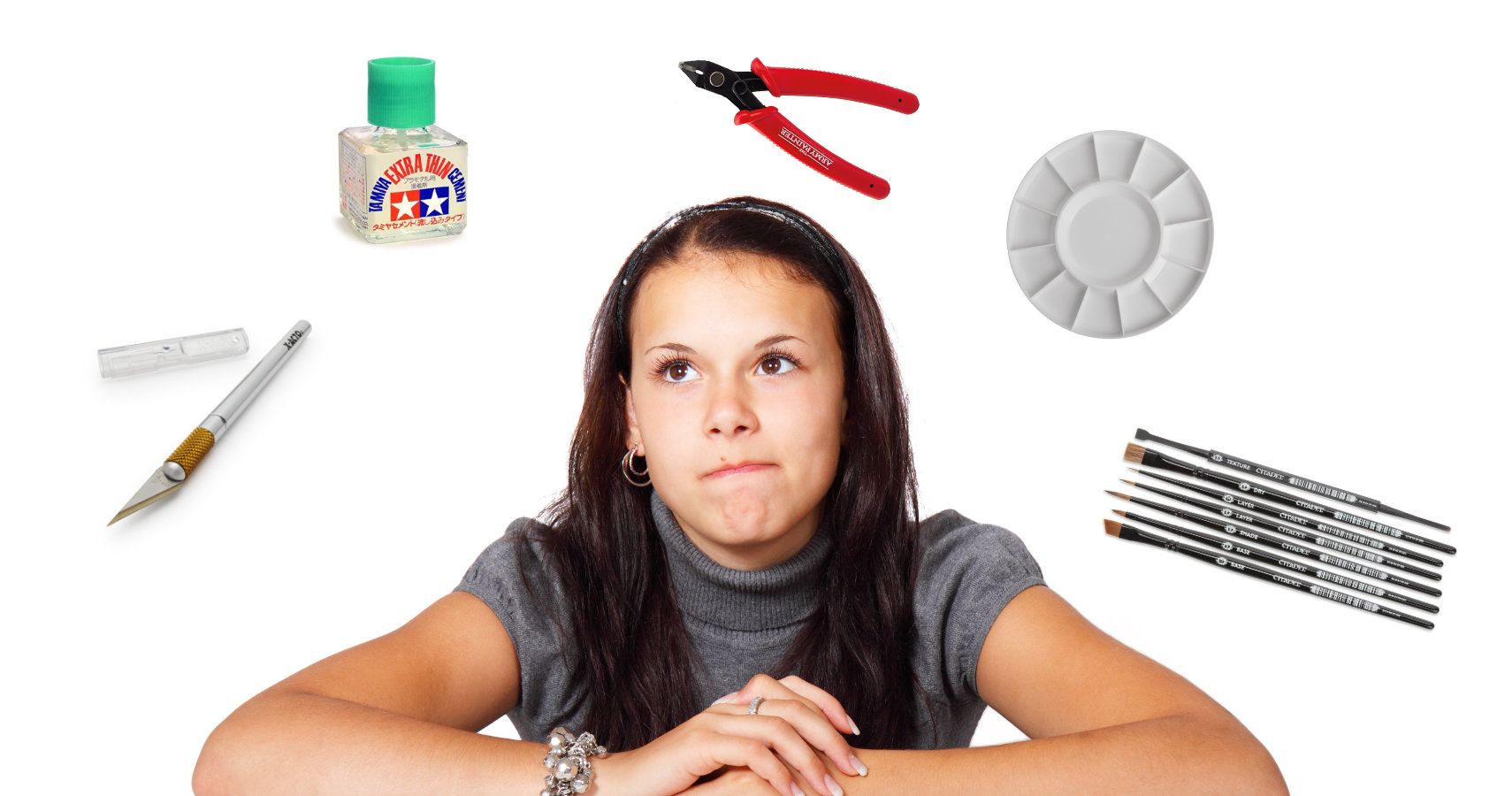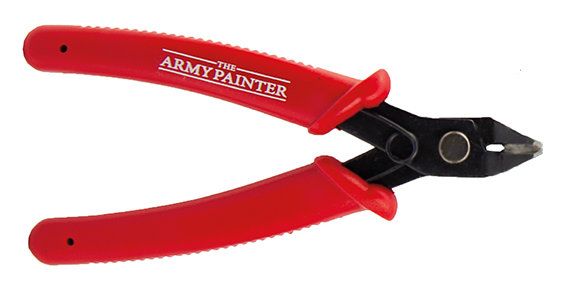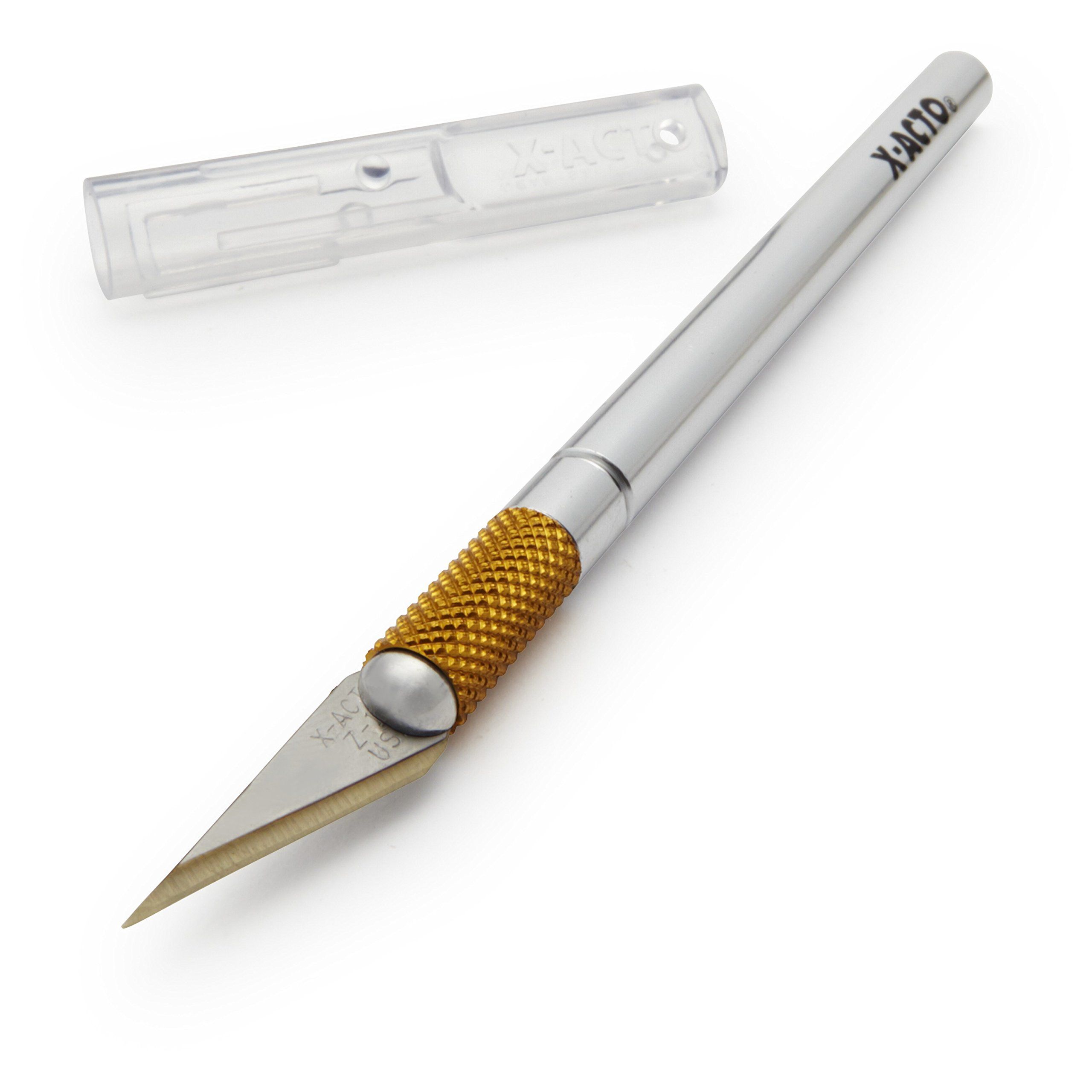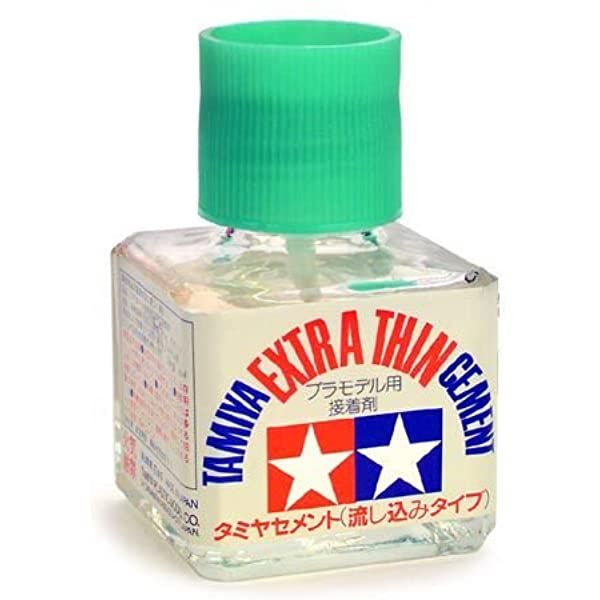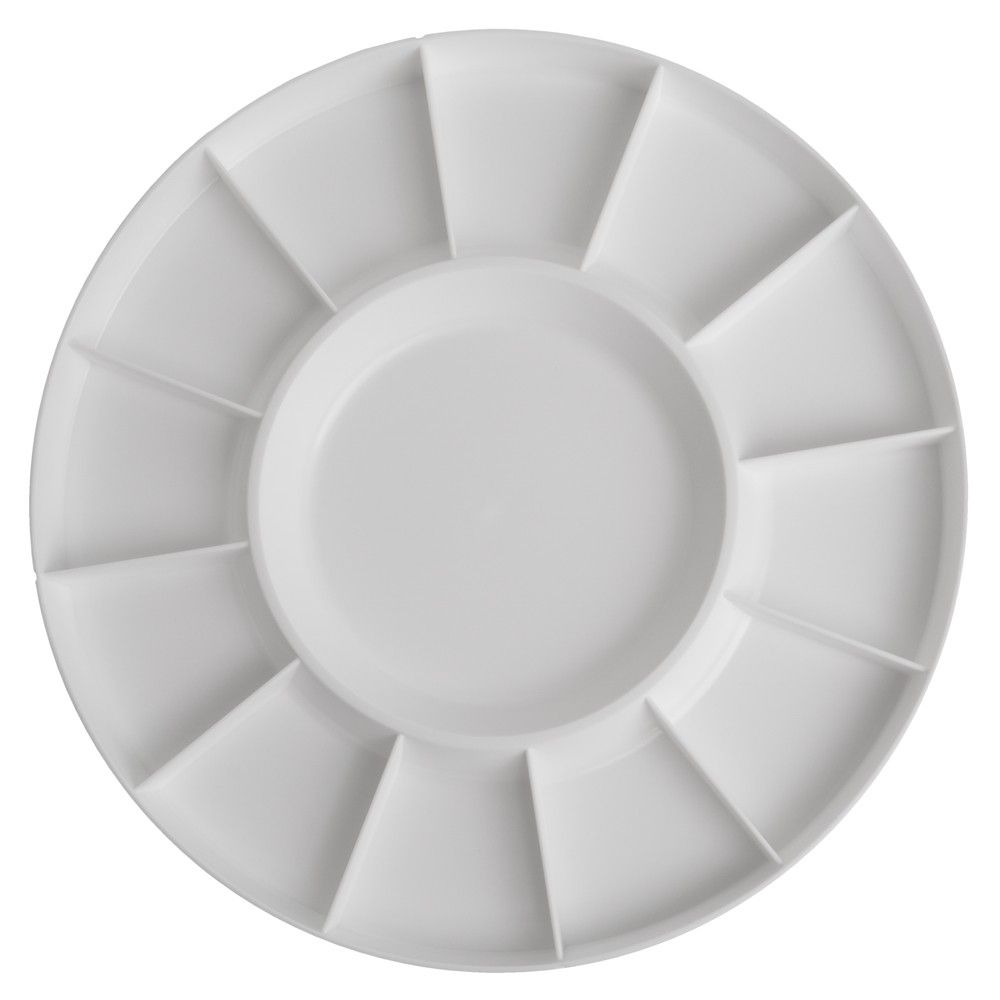Painting tabletop gaming miniatures is great fun and, apart from allowing you to explore your creative side, has a therapeutic nature. Getting started is relatively easy and aside from paint (we’ll explore the available paint options in another article), you only need a couple of tools to get going. As for minis, companies like Games Workshop have some amazing sculpts (like the ones for Warhammer), or you could try 3D printing your own! Join us as we explore the five essential beginner tools you need to get started painting gaming miniatures.
Sprue Cutters
Before you can paint you have to build, and before you can build you have to remove the individual parts of the mini from the frame. This is known as the sprue and it allows the plastic to flow through the mold during the manufacturing process. A good pair of sprue cutters will give you a clean cut that will require less cleanup later. Also known as nippers, you can usually find these at hardware stores and were originally used for electrical work, however, you may prefer to buy a pair designed especially for plastic. Regardless, you are looking for a pair of flush cutters.
Hobby Knife
A good hobby knife is perhaps the most important item on this list as having the wrong knife or a dull blade is dangerous to use. Avoid box cutters and razor blades style knives; instead, look for a hobby knife such as an X-Acto #1. Remember, you should always practice safe knife use to reduce the risk of injury. As well as a cutting tool for decals and flags, you can use your hobby knife as a scraper to remove any flash and mold lines left from the manufacturing process.
Glue
Most miniatures come in multi-part kits and will need to be glued together before you can paint them. Depending on the materials, you may need one or more types of glue. For example, plastic only kits need plastic glue that melts the opposing faces to be adhered. This creates a strong solvent weld between the pieces. Resin or mixed material kits will need a superglue (cyanoacrylate) to stick bits together. These are great to quickly fix two parts together, especially when a kicker is used. Glues should always be used in a well-ventilated area and care should be taken to avoid gluing your fingers to the model.
Paint Brush
A good paintbrush is worth its weight in gold. If you are just getting started then your best bet will be to look at the range of brushes from Games Workshop or The Army Painter. These are designed for miniature painters and offer reasonable value for money. More advanced painters may choose to look at brushes from big-name art suppliers such as Winsor and Newton Series 7 or Raphael 8404, both are highly recommended by mini painters the world over. Another thing worth considering is the material the brushes are made of. The best brushes are made of natural hair and provide the sharpest point with good body volume for paint. Synthetic hair made brushes offer a good alternative but generally speaking don’t last as long. They are, however, usually a bit cheaper. Either way, you can find a good price/quality ratio for your mini painting needs.
Palette
In the mini painting world, there is a mantra: “thin your paints.” You should avoid using paint straight from the pot and use a palette to deposit paint onto before thinning down with water. Make sure you have a clean water supply in addition to a separate pot for cleaning your brush between colors. When thinning, add water in small quantities, a drop at a time, and fully mix. The consistency you are after is similar to skimmed milk (0% fat). Remember, multiple think coats will always give you the best finish but due to the nature of hobby paint it may require more than one coat to achieve full coverage. Avoid the temptation to go for 100% coverage in one go. A palette need not be anything special, but we do recommend going for something white as this will give you the best visuals. Cheap plastic palettes are available in dollar stores or find a white ceramic tile with a glossy finish.
To conclude, miniature painting is nothing to be afraid of, especially as many of the big names have put together hobby starter kits that come with a range of tools, paints, and brushes to get you started. If in any doubt, pick one of these up to begin with and add to it as you need. Happy painting!

